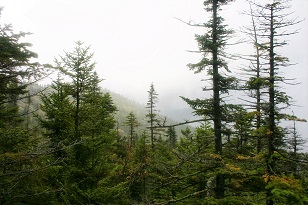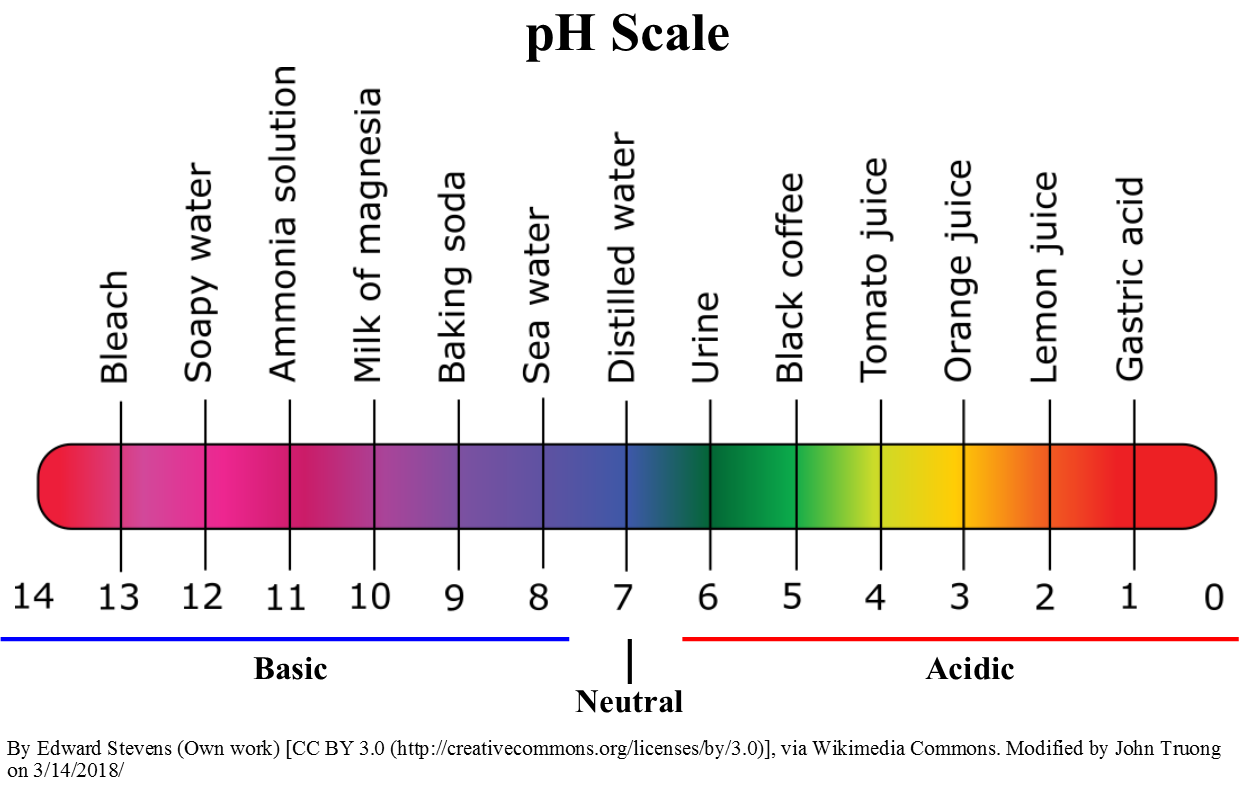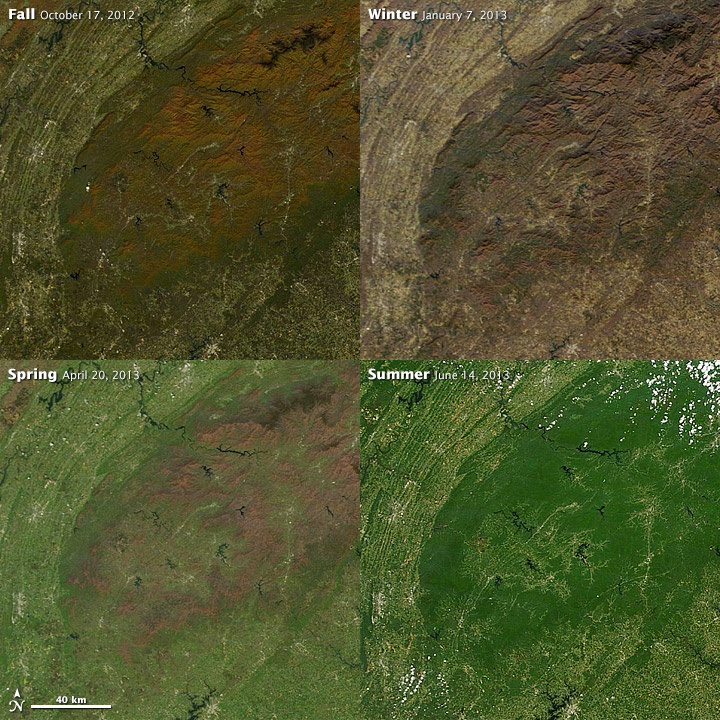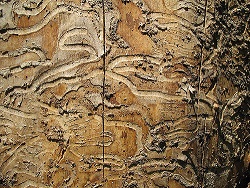Severity: 8192
Message: explode(): Passing null to parameter #2 ($string) of type string is deprecated
Filename: controllers/Indicators.php
Line Number: 152
Severity: 8192
Message: explode(): Passing null to parameter #2 ($string) of type string is deprecated
Filename: controllers/Indicators.php
Line Number: 152
Severity: 8192
Message: explode(): Passing null to parameter #2 ($string) of type string is deprecated
Filename: controllers/Indicators.php
Line Number: 151
Severity: 8192
Message: explode(): Passing null to parameter #2 ($string) of type string is deprecated
Filename: controllers/Indicators.php
Line Number: 152
Severity: 8192
Message: explode(): Passing null to parameter #2 ($string) of type string is deprecated
Filename: controllers/Indicators.php
Line Number: 151
Severity: 8192
Message: explode(): Passing null to parameter #2 ($string) of type string is deprecated
Filename: controllers/Indicators.php
Line Number: 152
Severity: 8192
Message: explode(): Passing null to parameter #2 ($string) of type string is deprecated
Filename: controllers/Indicators.php
Line Number: 151
Severity: 8192
Message: explode(): Passing null to parameter #2 ($string) of type string is deprecated
Filename: controllers/Indicators.php
Line Number: 152
Severity: 8192
Message: explode(): Passing null to parameter #2 ($string) of type string is deprecated
Filename: controllers/Indicators.php
Line Number: 151
Severity: 8192
Message: explode(): Passing null to parameter #2 ($string) of type string is deprecated
Filename: controllers/Indicators.php
Line Number: 152
Severity: 8192
Message: explode(): Passing null to parameter #2 ($string) of type string is deprecated
Filename: controllers/Indicators.php
Line Number: 151
Severity: 8192
Message: explode(): Passing null to parameter #2 ($string) of type string is deprecated
Filename: controllers/Indicators.php
Line Number: 152
Severity: 8192
Message: explode(): Passing null to parameter #2 ($string) of type string is deprecated
Filename: controllers/Indicators.php
Line Number: 151
Severity: 8192
Message: explode(): Passing null to parameter #2 ($string) of type string is deprecated
Filename: controllers/Indicators.php
Line Number: 152
Stressors are environmental conditions that can help or hurt forests if they occur outside of the ideal or normal conditions. All biological life needs favorable temperatures and sufficient water to survive, but long-lived trees have evolved and adapted to current conditions. As our climate changes, we may see that the conditions are outside the favorable climate envelope those trees are used to.
- Stressors provide information on the future productivity of a forest, whether the stressor is beneficial, damaging, or non-impactful. This allows for conservationists and managers to prepare their forests to withstand these stressors.
- While forests are able to adapt and build resistance to environmental stressors overtime, an overabundance of stressors may lead to unrecoverable conditions. This could lead to a change in forest structure, condition, and productivity.
- Because of climate change, monitoring stressors is of high importance. Climate change itself is a large stressor because it is leading to conditions that are out of the historical norm, leaving some tree species unable to adapt. However, there are a number of stressors that have seen improvement recently.
To assess stressors, the Forest Indicators Dashboard uses data on stressors that occur naturally, including precipitation acidity (acid rain), growing season length, ozone exposure, mercury deposition, minimum and maximum temperature, precipitation, snow cover, extreme climate events, drought, and damage from invasive pests and pathogens.

- Precipitation acidity
- Precipitation with high acidity (lower pH) is harmful to trees as it damages leaves and leaches important nutrients from soils. Therefore, lower precipitation acidity (higher pH) results in a higher score.

- Growing season
- While an extended growing season may benefit some plant species, other may not be as equipped to deal with an early spring and as a result may face other damages, like frost impacts to emerging leaves or higher energy needs. Ideally, a healthy forest would have a growing season that remains relatively consistent. Large fluctuations can lead to unfair advantages to some species and decline in others, resulting in a lower score.

- Ozone exposure
- High levels of ozone exposure are harmful to forests because it can cause leaf damage, which can reduce the efficiency of processes such as photosynthesis. A healthy forest has low levels of ozone exposure, resulting in a higher score.
- Mercury deposition
- Mercury is a toxin that can be found in water, air, and soil. Mercury gets absorbed by plants and then gets passed through various food webs. High concentrations of mercury can lead to a reduction in growth and productivity in plants and mortality in wildlife. A healthy forest has low levels of mercury deposition, which results in a higher score.
- Minimum Temperature
- With climate change, minimum temperatures are projected to continue to increase. These higher minimum temperatures stress the native forest species while creating more appealing conditions for invasive species. Inconsistencies in the average annual minimum temperature can lead to unnatural fluctuations in the forests structure overtime. A stable forest would have a minimum temperature close to that of the long-term mean. Large fluctuations above or below the mean will result in a lower score.
- Maximum Temperature
- With climate change, maximum temperatures are projected to continue to increase. Higher maximum temperatures can reduce species diversity and introduce extended periods of drought. A stable forest would be exposed to maximum temperatures close to that of the long-term mean. Large fluctuations above or below the mean will result in a lower score.
- Precipitation
- Water is essential to a healthy forested ecosystem. Yet it is a balance: excess water can lead to flooding and disease outbreaks, while a lack will lead to drought. Fluctuations in rainfall above or below the long-term mean will lead to stressful conditions for some forest species while creating ideal conditions for other species both native and invasive. Ideally, a healthy forest ecosystem has water availability that remains consistent; this will lead to a higher score.

- Snow Cover
- Snow cover is projected to decrease in depth, duration, and extent under climate change. Lack of sufficient snow cover can make tree roots vulnerable to freezing damage and cause nutrients to be leached from the soil. Snow cover fluctuations above or below the mean may result in undesirable conditions for native forest species and leads to a lower score.
- Extreme climate events
- Changes in the proportion, extent, and severity of extreme weather events are an indication of a volatile and changing climate. Not only are extreme events stressful to forests, but they can cause significant problems for our infrastructure and health as well. A higher amount and extent of these extreme events results in a lower score.
- Drought
- Lack of water, particularly during the growing season, can result in short-term changes in our forests, for example, a tree will halt photosynthesis and growth until there is sufficient water. But droughts can also result in more serious consequences to forests, like lack of a viable seed crop or large die offs of vulnerable species, locations, or age classes. Further, droughts can increase the chance of insect outbreaks and even forest fire -- a condition to which many of our tree species are not adapted. Less severe drought results in a higher score.

- Damage by invasive pests and pathogens
- An invasive pest is an insect or disease that has been introduced from another country and causes extensive damage where it is introduced – for example emerald ash borer. When an invasive pest is introduced to an area, native trees can succumb to serious damage because they have not evolved to develop chemical and physical defenses against them. A higher amount of damage from invasive insects and diseases results in a lower score.